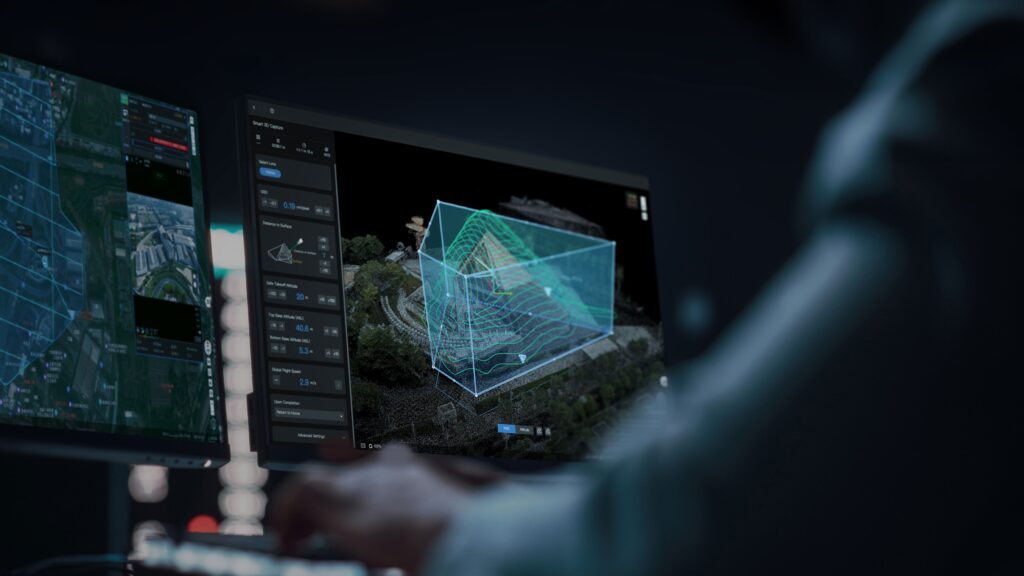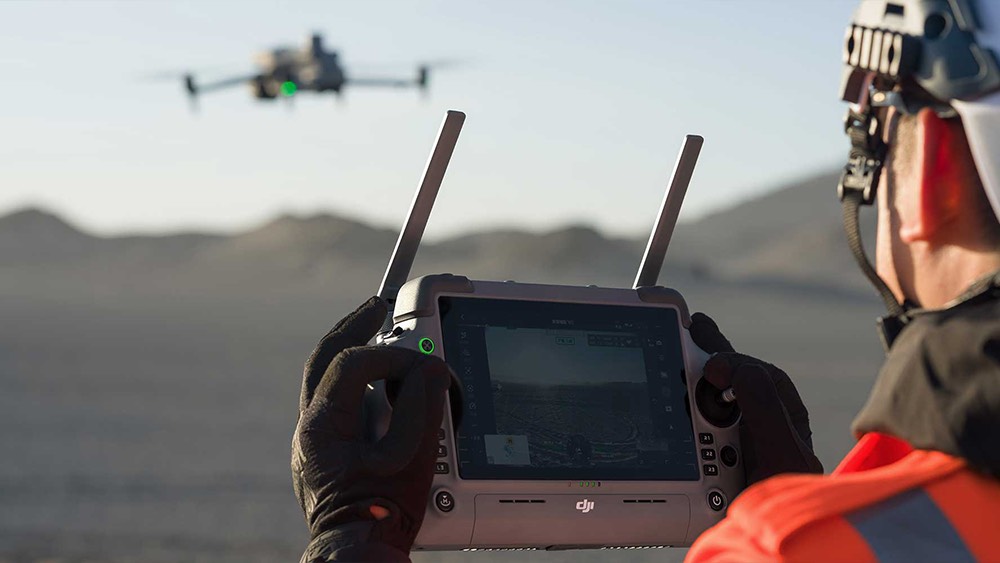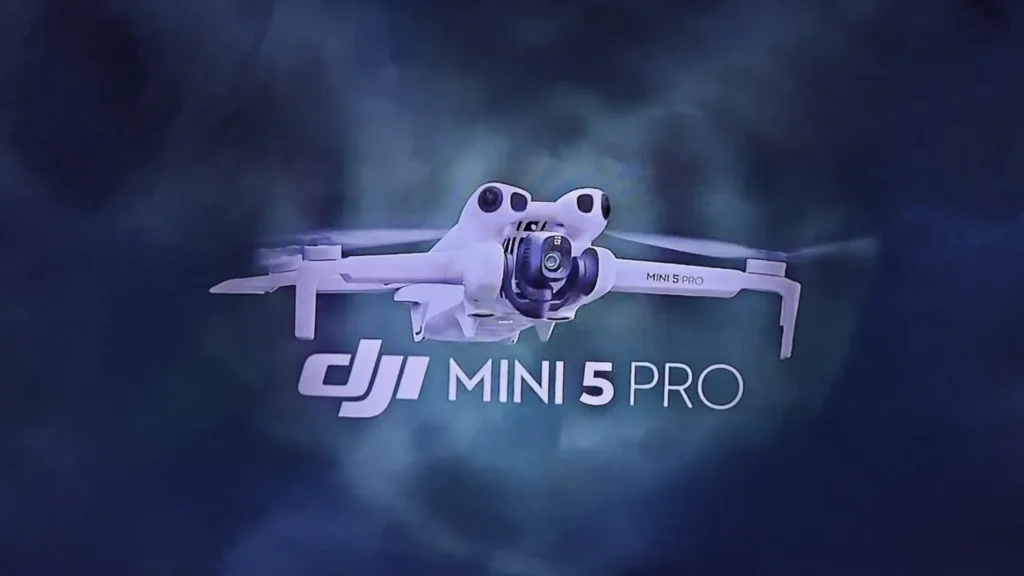Industry 5.0 Drones: Pioneering a Collaborative Industrial Future
Industry 5.0 drones are rapidly redefining the role of automation in modern industries, creating an environment where technology amplifies human ingenuity rather than replacing it. Unlike previous eras that focused mainly on connectivity and the Internet of Things, Industry 5.0 drones are designed for collaboration, enabling resilient and sustainable outcomes through a seamless partnership between humans and machines. Today, drones are no longer niche gadgets confined to military or enthusiast circles; they are dynamic agents in sensing, logistics, inspection, and decision-making, proving invaluable across diverse sectors such as construction, infrastructure, and emergency response.
The technological evolution of Industry 5.0 drones has been driven by smarter onboard AI, robust edge computing, and integrated sensor payloads. These advanced capabilities allow drones to perform complex tasks like real-time anomaly detection, immediate data analytics, and coordinated swarming for area-wide operations. Industry 5.0 drones have gained strong traction in real-world applications, from precision agriculture and rapid disaster mapping to moving parts within industrial campuses, where the combination of autonomous flight and human oversight results in faster decision cycles and improved safety.
As regulatory frameworks and commercial models mature, the industrial adoption of Industry 5.0 drones continues to accelerate. Their readiness for broad integration is fueled by evolving standards for airspace management, fail-safes, and data quality protocols. Whether delivering urgent medical supplies, inspecting remote assets, or supporting large-scale logistics, Industry 5.0 drones drive efficiency and innovation, making them essential building blocks for next-generation industrial collaboration and resilience.
The Human-Centered Vision of Industry 5.0 Drones
Industry 5.0 drones mark a transformative shift in industrial automation, emphasizing a human-centered vision where drones and humans collaborate to drive innovation and efficiency. Unlike previous industrial revolutions that prioritized automation and connectivity, Industry 5.0 drones focus on enhancing human capabilities through intelligent, autonomous systems that act as partners rather than replacements. These drones serve as distributed agents for sensing, inspection, logistics, and real-time decision-making, enabling safer and faster operations in environments where human access is limited or risky. By integrating advanced AI and edge computing, Industry 5.0 drones deliver high-precision data and actionable insights directly to operators, thus amplifying human judgment and responsiveness in critical workflows.
At the core of Industry 5.0 drones is the goal of fostering resilience and sustainability while placing human creativity and judgment at the center of technology adoption. This new paradigm shifts from the purely machine-driven processes of Industry 4.0 to a more balanced approach that combines human expertise with cutting-edge drone functionality. Whether assisting engineers in infrastructure inspection, supporting medical teams with urgent supply deliveries, or enabling precision agriculture practices, these drones operate as collaborative partners that improve safety and operational intelligence. The human-in-the-loop design ensures that drone operations are not only more efficient but also aligned with ethical and regulatory frameworks, ultimately contributing to more sustainable industrial ecosystems.
The human-centered approach of Industry 5.0 drones also drives innovation in workflow designs, where drones reduce risk and speed decision-making while human operators provide quality control and strategic oversight. This collaboration allows organizations to unlock previously impractical services and accelerate the digital transformation of industries such as construction, agriculture, and disaster response. With fleets capable of coordinated, swarm-based operations and onboard AI processing, Industry 5.0 drones are positioned to transform how industries respond to challenges by combining autonomous technology with human insight and adaptability. This vision underscores the future of industrial aviation as one focused on partnership, resilience, and shared value creation between humans and machines.
Advanced AI and Computing Transforming Drone Capabilities
Industry 5.0 drones have evolved beyond basic aerial devices to become highly intelligent, autonomous systems powered by advanced AI and edge computing. These technologies enable drones to process vast sensor data in real-time directly on-board or nearby, dramatically reducing latency and enhancing decision-making speed. This local intelligence is critical for industrial use cases that demand immediate insights, such as anomaly detection, precision mapping, and safety monitoring in dynamic and remote environments. By integrating AI with edge computing, Industry 5.0 drones offer unparalleled operational efficiency, security, and reliability across applications.
Real-Time Onboard Processing: Industry 5.0 drones use edge computing to analyze sensor inputs like vision, LiDAR, and infrared immediately during flight. This capability enables fast identification of issues such as equipment faults or environmental hazards without relying on cloud connectivity, crucial for timely interventions in industries like energy and agriculture.
Reduced Latency and Bandwidth Use: Processing data locally significantly cuts the delay traditionally introduced by sending raw data to distant servers. Drones then transmit concise insights rather than large data files, conserving bandwidth and allowing reliable operation even in connectivity-poor regions.
Autonomous Decision-Making: With AI algorithms embedded in their edge processors, Industry 5.0 drones can autonomously adjust flight paths, prioritize inspections, and respond to detected anomalies. This reduces human workload while increasing operational safety and accuracy.
Enhanced Security and Privacy: On-device data processing minimizes risks of interception during transmission, crucial for protecting sensitive industrial information. AI-powered anonymization and encryption further safeguard privacy while maintaining compliance with regulations.
Coordinated Fleet Intelligence: Edge computing facilitates swarm intelligence by enabling drones to share insights via mesh networks locally. This collective intelligence supports large-scale inspection tasks and coordinated logistics, pushing the boundaries of drone utility in Industry 5.0 ecosystems.
Enhancing Safety and Efficiency in Industrial Inspections

Industry 5.0 drones have revolutionized industrial inspections by significantly enhancing operational safety and efficiency. Traditional inspection methods often expose personnel to hazardous conditions such as high altitudes, confined spaces, and live assets, which carry risks of falls, toxic exposure, or electrocution. By deploying drones equipped with sophisticated sensors and AI-driven analytics, companies can conduct inspections remotely, effectively removing humans from dangerous environments. This shift not only protects workers but also accelerates inspection cycles, reducing time and operational costs substantially.
In addition to safety benefits, Industry 5.0 drones deliver high-quality data through advanced imaging technologies like thermal cameras, LiDAR, and high-resolution visual sensors. These capabilities enable early detection of faults, precise asset monitoring, and the creation of detailed 3D maps or digital twins. The automation of data collection and analysis streamlines maintenance schedules and compliance tracking, further improving operational efficiency. By minimizing manual intervention and enabling faster, more frequent inspections, Industry 5.0 drones help industries reduce downtime and optimize asset management across sectors such as energy, construction, agriculture, and infrastructure.
Coordinated Drone Swarms: The Future of Large-Scale Industrial Operations
Industry 5.0 drones are pushing the boundaries of what is possible in large-scale industrial operations through the use of coordinated drone swarms. These swarms consist of multiple drones operating as a single adaptive system, capable of covering expansive areas for inspections, mapping, and payload delivery far more efficiently than individual units. This shift from “one drone per task” to orchestrated fleets enables industries to scale their operations with greater flexibility and speed, reducing the time needed for critical workflows such as infrastructure inspection or agricultural monitoring.
The swarm capability leverages advanced AI and edge computing to allow drones to communicate and collaborate seamlessly, optimizing flight paths and dynamically reallocating resources based on real-time conditions. This coordination enhances reliability and resilience in challenging environments, such as disaster zones or large industrial campuses, where human access is limited or hazardous. The ability to deploy a swarm as a flexible, reconfigurable machine exemplifies how Industry 5.0 drones integrate autonomy with human oversight to create value-driven, human-centered industrial ecosystems.
Looking ahead, coordinated drone swarms will play a vital role in transforming logistics, maintenance, and emergency response services by providing rapid, precise, and scalable solutions. As regulatory frameworks and technologies mature, these swarms will become a routine part of industrial operations, driving efficiency while supporting safety and sustainability goals. The future of industrial drone operations lies in these intelligent fleets that multiply human capability, ensuring industries remain agile and competitive in a rapidly evolving landscape.

Business Models in Industry 5.0 Drone Services: DaaS, Hybrid Fleets, and Marketplaces
The advent of Industry 5.0 drones is not only transforming operations but also redefining how businesses deliver drone services, generate revenue, and create value. As drone technology matures and regulatory frameworks evolve, several business models have taken shape to meet diverse industrial needs with flexibility and cost-efficiency. These models facilitate broad adoption by enabling enterprises of varying scales to leverage drone capabilities without heavy capital investments or expertise barriers.
Drone-as-a-Service (DaaS): This subscription-based model allows businesses to access drone technology and services on demand without owning the hardware or managing specialized staff. Companies can pay per mission for inspection, mapping, or delivery, ideal for small to mid-sized businesses seeking scalable aerial solutions without the costs of ownership.
Enterprise-Owned Hybrid Fleets: Large organizations such as utilities, agricultural conglomerates, and logistics providers operate integrated drone fleets tailored to their operational workflows. These hybrid fleets combine autonomous drones with human management for seamless maintenance, inspections, and data collection, improving operational control and efficiency.
Ecosystem Marketplaces: Aggregators and platforms connect drone service demand with local operators, optimizing regional coverage and pricing dynamically. These marketplaces offer clients access to a broad network of vetted drone professionals and flexible service options, accelerating deployment and reducing lead times.
Conclusion
Industry 5.0 drones are spearheading a new era of industrial transformation by combining advanced automation with human-centered collaboration. These drones enhance precision, efficiency, and safety across multiple sectors including construction, agriculture, energy, and logistics. By integrating AI, edge computing, and innovative sensor technologies, they deliver real-time insights and autonomous capabilities that significantly improve industrial operations.
From human-in-the-loop designs to coordinated drone swarms and scalable business models like Drone-as-a-Service (DaaS), Industry 5.0 drones unlock new value across workflows. They reduce human risk in hazardous inspections, accelerate data collection and analysis, and drive sustainability by optimizing resource use and minimizing environmental impact. These technologies enable industries to meet the demands of increased complexity, resilience, and operational agility in a rapidly evolving world.


